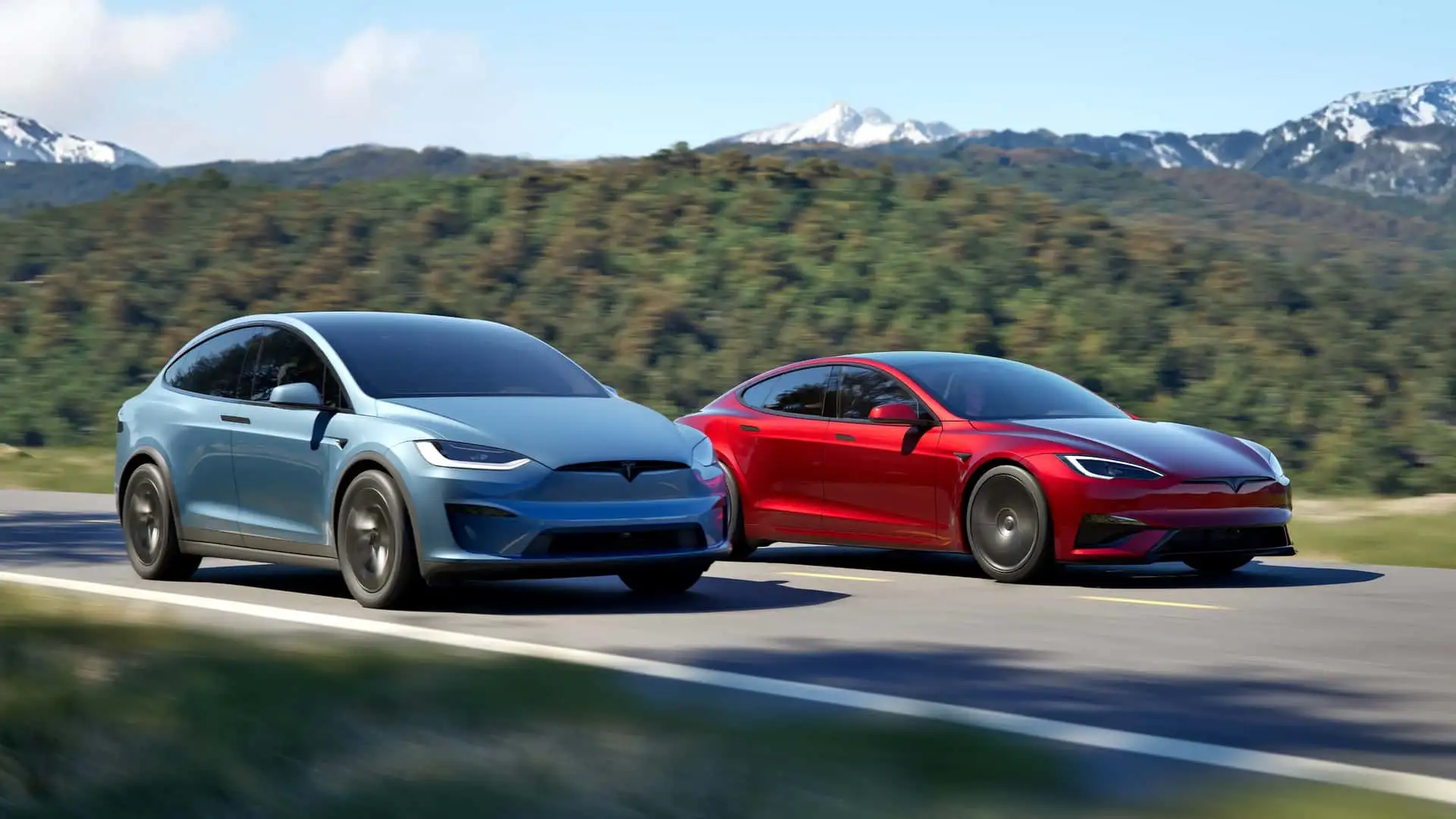India’s Goods and Services Tax (GST) reforms, set to take effect by October 2025, are poised to reshape the automobile and electric vehicle (EV) sectors. By slashing tax rates on small cars and insurance premiums, the government aims to stimulate demand, correct pricing anomalies, and accelerate the transition to sustainable mobility. For investors, this represents a pivotal moment to position for long-term growth in a reformed ecosystem.
Tax Cuts on Small Cars: A Boon for Affordability and Demand
The proposed reduction of GST on small cars from 28% to 18% (plus cess) will directly lower the cost of entry-level vehicles. Small petrol and diesel cars with engine capacities below 1200cc (petrol) and 1500cc (diesel) will see price drops of 5–10%, making them more accessible to first-time buyers and rural consumers. This aligns with Prime Minister Narendra Modi’s vision of “next-generation GST reforms” and is expected to revive a segment that has seen stagnant growth for years.
For automakers like Maruti Suzuki, Hyundai India, and Tata Motors, this shift could unlock significant sales potential. These companies dominate the small car segment, which accounts for over 60% of their passenger vehicle sales. A reveals a muted performance amid declining small car demand, but the tax cuts could catalyze a rebound.
Insurance Premium Cuts: Boosting Vehicle Ownership and Financial Inclusion
The proposed GST reduction on health and life insurance premiums from 18% to 5% or zero will also indirectly benefit the auto sector. Lower insurance costs will make vehicle ownership more affordable, particularly for middle- and lower-income households. This is critical for India’s insurance-penetrated markets, where affordability has long been a barrier.
Vehicle insurance, currently taxed at 18%, is likely to see similar reductions under the broader GST rationalization. This will lower total vehicle ownership costs, encouraging more consumers to enter the market. For instance, a 5% GST rate on insurance could reduce annual premiums by 10–15%, directly increasing the appeal of small cars and two-wheelers.
EV Incentives: A Strategic Push for Sustainable Mobility
While the GST reforms focus on traditional vehicles, the government’s parallel push for EV adoption is equally transformative. The Production-Linked Incentive (PLI) scheme for EVs, coupled with the removal of basic customs duty on 35 capital goods for battery manufacturing, is reducing production costs. These measures, combined with the proposed 5% GST on EVs, are making India a global EV manufacturing hub.
Tata Motors, already commanding 53% of the electric passenger vehicle market, stands to benefit from this momentum. Meanwhile, Tesla’s rumored $2–3 billion investment in India—potentially including a manufacturing plant—could further intensify competition and drive innovation. A
Market Share Shifts: Small Cars vs. SUVs
The reclassification of vehicles based on engine capacity rather than type will likely reduce the price gap between small cars and SUVs. Larger SUVs, which currently face a 50% tax incidence (28% GST + 22% cess), may see higher effective tax rates under the new structure. This could curb SUV growth and revive demand for small cars, reversing a trend that has seen SUVs dominate the market in recent years.
Two-wheelers, which account for 75% of India’s auto sales, will also benefit from a proposed 18% GST rate (down from 28%). This is expected to stimulate rural demand, where two-wheelers are a primary mode of transport. Hero MotoCorp and Bajaj Auto, which control over 55% of the two-wheeler market, are well-positioned to capitalize on this shift.
Investment Opportunities in the Reformed Ecosystem
- Automakers with Strong Small Car Portfolios: Maruti Suzuki, Hyundai India, and Tata Motors are prime candidates for growth as tax cuts boost affordability.
- EV Infrastructure Providers: Companies involved in charging stations, battery manufacturing, and renewable energy integration (e.g., JSW Energy, Exide Industries) will benefit from government stimuli.
- Insurance Firms: Lower GST rates on premiums could drive policy acquisitions, particularly for companies like HDFC ERGO and ICICI Lombard.
- EV Startups and Joint Ventures: Domestic players like MG Motor (via JSW) and emerging Chinese EV brands entering India’s market could see rapid adoption.
Risks and Considerations
While the reforms are promising, investors should monitor potential challenges:
– Infrastructure Gaps: India’s EV charging network remains underdeveloped, with only 25,000 stations as of 2025.
– Global Competition: Tesla’s entry could disrupt pricing and force domestic players to innovate rapidly.
– Policy Execution: Delays in GST Council approvals or implementation could slow the expected benefits.
Conclusion: Positioning for Long-Term Growth
India’s GST reforms are more than a short-term stimulus—they represent a structural shift toward affordability, sustainability, and inclusive growth. By reducing tax burdens on small cars and insurance, the government is unlocking demand in a market of 1.4 billion people. For investors, the key lies in identifying companies poised to capitalize on these changes, from automakers and insurers to EV infrastructure providers. As India transitions to a self-reliant, eco-friendly economy, the reformed ecosystem offers compelling long-term opportunities.


